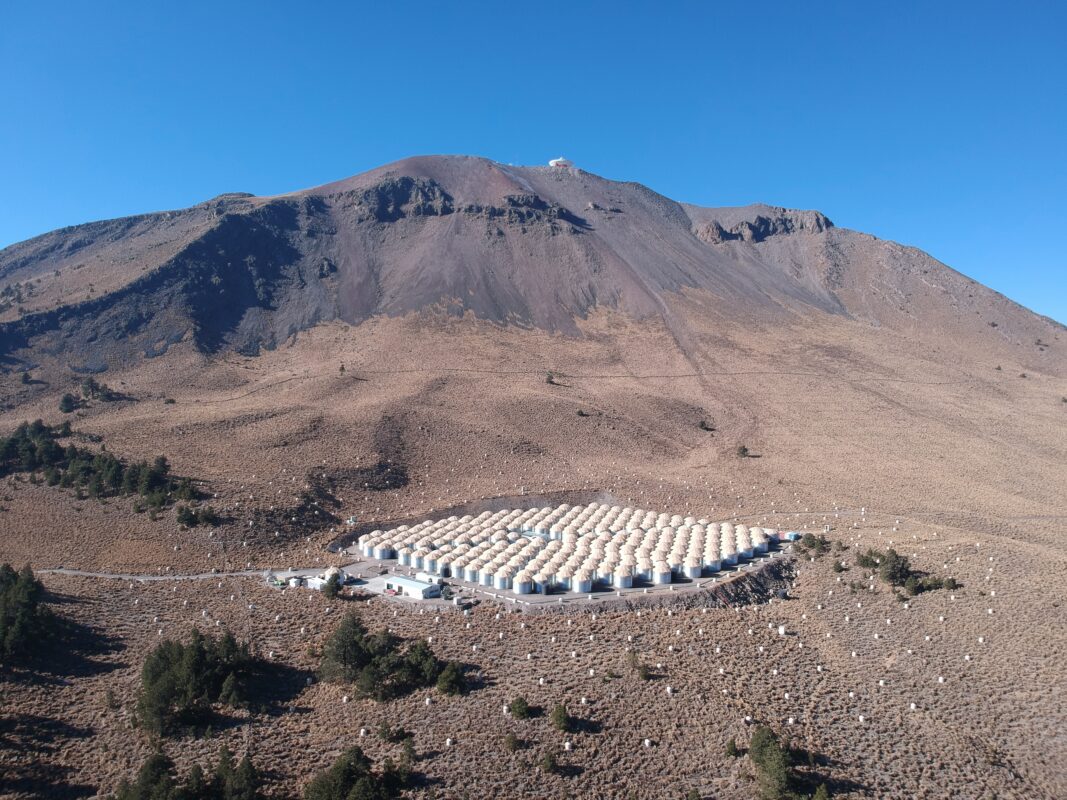
Ke Fang, an assistant professor of physics at the Wisconsin IceCube Particle Astrophysics Center (WIPAC) at the University of Wisconsin–Madison, was recently elected the next US spokesperson for the High-Altitude Water Cherenkov Gamma-ray Observatory (HAWC) collaboration.
Located near Puebla, Mexico, at an altitude of 13,500 feet, the HAWC experiment observes gamma and cosmic rays between 100 gigaelectronvolts and a few hundred teraelectronvolts. HAWC’s primary goal is to survey the Northern Hemisphere sky for steady and transient high-energy gamma rays and thereby determine the sources of Galactic cosmic rays.

The detector has a wide field of view, covering 15% of the sky instantaneously and two-thirds of the sky every 24 hours. The main HAWC array was deployed in 2015, and the outrigger array was completed in 2018. Currently, the international HAWC Collaboration consists of more than 30 institutions in the US, Mexico, Europe, Asia, and South America. The UW–Madison HAWC group at WIPAC, now led by Fang, has been involved with the HAWC experiment from the beginning of the design stage, through its construction, and into the data analysis phase. As part of her research, Fang uses data from HAWC to observe or find gamma-ray sources.
Fang will start her two-year term as spokesperson in 2023, which is currently being held by Petra Huentemeyer, a professor of physics at Michigan Technological University. Fang will serve as the interface between the collaboration and US funding agencies, and represent the collaboration before the scientific community and the general public. She says that she has “big shoes to fill,” but is excited for the role.
“A major task of HAWC over the next two years is to complete construction of the analysis pipeline for the outrigger data and to perform science analyses with it,” says Fang. “I will work with various working groups to ensure that the HAWC science blooms.”
